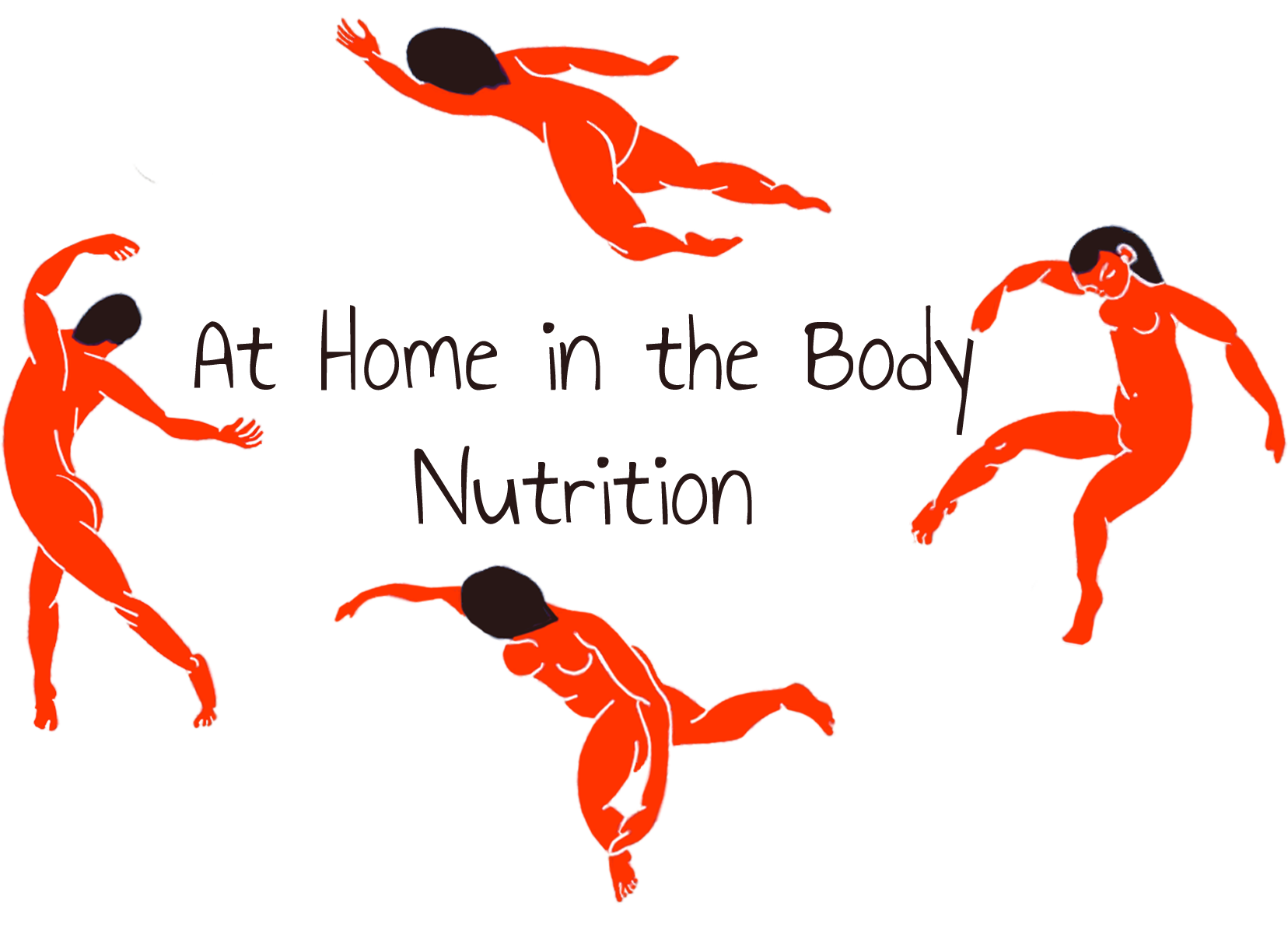Nutritional Therapy Practitioners are translators of the now mostly forgotten language of the body. How does the body speak to us? Bodies have feelings, cravings, desires, habits—all filled with valuable information. Sometimes we miss out on what the body is trying to tell us because society teaches us to feel ashamed of our bodies. However, strip away that shame, and it is possible to hear the body speak, and to speak back to her lovingly with nourishing foods, daily movement, and mindfulness.
An Epidemic of Chronic Illness
More and more, Americans are being diagnosed with chronic diseases (Holman, 2020): heart disease, cancer, autoimmune disorders, long covid, PCOS, obesity, among others–all of which are, at least partly, influenced by nutrition. Approximately 10% of Americans have diabetes (CDC, 2017), and among those who do not, approximately 80% experience glucose spikes that mimic those experienced by diabetics (Inchauspé, 2022). While Nutritional Therapy is not a substitute for working with a physician, it can help to build a solid foundation of health before disease sets in, as well as supporting holistic balance in individuals who currently live with a diagnosis.
Food is the single biggest factor we can change in our environment
The foods that we eat have a profound impact on how our body functions. Eating is the primary way in which the materials that comprise our body become a part of it. Our bodies are put under stress when we do not eat enough food, when our food does not contain the right distribution of macronutrients (fats, proteins, and carbohydrates), as well as sufficient micronutrients (vitamins and minerals). When we eat foods that are supportive of our health, we can experience improved energy throughout the day, better quality sleep, hormonal balance, and an overall vibrance that our body exhibits when it has found its own balance, or homeostasis.
It can feel overwhelming to try to assess what foods are supportive of our health. Food labels are filled with marketing jargon. Increasing concerns about toxins in our home and our food (Wargo, 2010) can be confusing and difficult to navigate. Additionally, financial privilege determines access to cleaner and healthier food. Black and Brown communities are more likely to be subjected to “Food Apartheid,” (Brones, 2018) in which it is difficult or impossible to source fresh, nutrient-dense foods.
Take the guesswork out of it
I offer my holistic knowledge of nutrition and digestion in order to make navigating this complexity more approachable. Because it is my full time job, it doesn’t have to be yours. I also use quantitative tools to help my clients understand their health, including a comprehensive questionnaire assessing digestive function, and a Food and Mood Journal.
I believe bodies are capable of finding balance and healing themselves when they are supported with the foods, movement, and social environment that they need. While we cannot change our genes, there is so much we can do to affect epigenetics–how those genes are expressed–through altering environmental factors, especially the food with which we nourish our bodies. And that fills me with so much hope!
Learn more about how to work with us: here.
REFERENCES
Brones, A. (2018, May 15). Food apartheid: the root of the problem with America’s groceries. The Guardian. https://www.theguardian.com/society/2018/may/15/food-apartheid-food-deserts-racism-inequality-america-karen-washington-interview
Holman H. R. (2020). The Relation of the Chronic Disease Epidemic to the Health Care Crisis. ACR open rheumatology, 2(3), 167–173. https://doi.org/10.1002/acr2.11114
Inchauspé, J. (2022). Science. Glucose Revolution. Retrieved March 30, 2022 from https://www.glucose-revolution.com/science.
Centers for Disease Control and Prevention. (2017, July 18). New CDC report: More than 100 million Americans have diabetes or prediabetes: Diabetes growth rate steady, adding to health care burden. https://www.cdc.gov/media/releases/2017/p0718-diabetes-report.html
Wargo, J. (2010). Green Intelligence: Creating Environments That Protect Human Health. Yale University Press.


